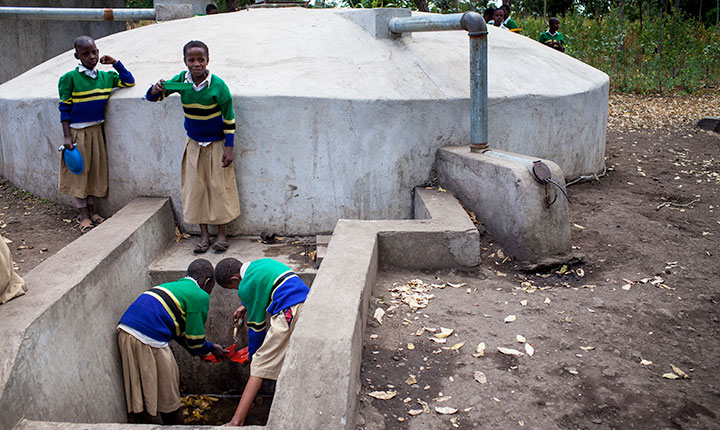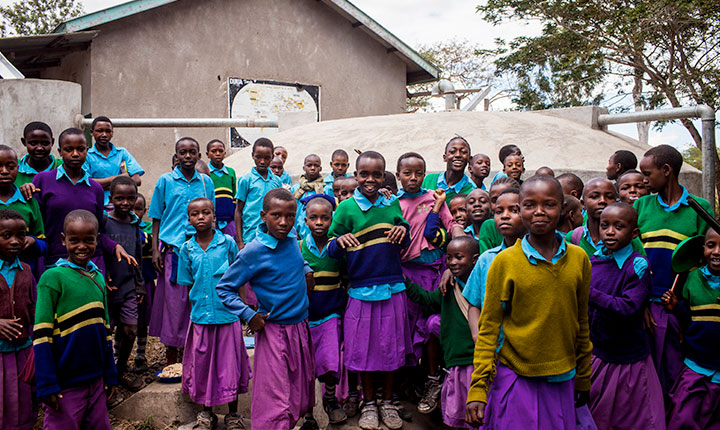Community Rainwater Harvesting Systems
How we provide clean water for a community:
Our first entry into any community begins with the village primary school. Children are the most harshly affected by the absence of clean water. Because primary school is considered free education, it is the center or heart of the village. It is the place where villagers are most invested. It also tends to have the largest roof (catchment area) in the community.
 When we enter the selected village, we come empty-handed, armed only with our knowledge of harvesting the rain. We hold a village meeting and interview those that attend to collect data on issues like health, location of current water resources, time spent walking for water, sanitation, and whether or not families boil water before consuming it. We test the available groundwater resources for fecal and bacterial content.
When we enter the selected village, we come empty-handed, armed only with our knowledge of harvesting the rain. We hold a village meeting and interview those that attend to collect data on issues like health, location of current water resources, time spent walking for water, sanitation, and whether or not families boil water before consuming it. We test the available groundwater resources for fecal and bacterial content.
The village then elects the best masons and laborers to become our core construction crew to build a large rainwater collection system on the primary school. Other community members volunteer their effort in excavation and water fetching. But the elected team is employed for the duration of the project and trained in the construction of ferrocement tank building, conveyance, storage, and natural passive filtration. This employment enables us to assist the local village economy while at the same time creating community buy-in and building local capacity. When the project is completed, those employed by the project become part of the local maintenance committee to ensure the systems continue to run properly. Some continue to work with Save the Rain in the future in other villages. The most important part of this model is that the hands that will benefit from the clean water resource are also the hands that built the system.
 Once completed, these systems provide the entire community with access to clean water. The rainwater harvesting systems require no electricity, no pumps, or filtering additives. They are all gravity fed and have a 200-year life span. The tanks are open to the community during school hours and are locked down at night. School security keeps a watchful eye during the night. In addition, clean water buckets and cups are donated to the school so that each classroom has access to clean drinking water throughout the day.
Once completed, these systems provide the entire community with access to clean water. The rainwater harvesting systems require no electricity, no pumps, or filtering additives. They are all gravity fed and have a 200-year life span. The tanks are open to the community during school hours and are locked down at night. School security keeps a watchful eye during the night. In addition, clean water buckets and cups are donated to the school so that each classroom has access to clean drinking water throughout the day.
Students lose 414 million hours of learning time each day searching for water or those affected by water-borne illnesses. When systems are complete, students no longer spend class time fetching water for the school. We have seen a 96% improvement in students’ general health once systems are in use. There is no longer the need to travel far-off distances in remote, dangerous areas to collect water for women and girls. It is readily available in the center of the community.

